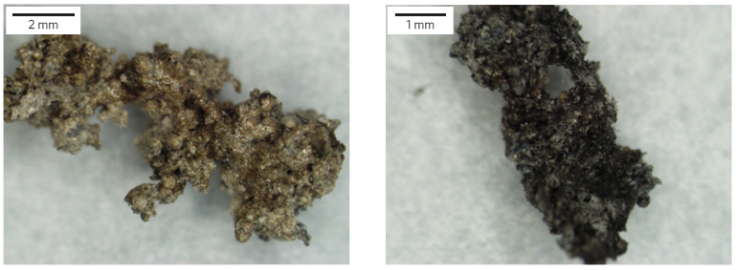Mercury's Surface Blackened By Billions Of Years Of Falling Comet Dust

Mercury, the planet closest to the Sun, is apparently also the dirtiest. According to a study published in the journal Nature Geoscience, Mercury’s surface is constantly bombarded by a steady stream of carbon from passing comets, a phenomenon that answers a longstanding question -- why does the planet’s surface reflect so little sunlight?
“It appears that Mercury may well be a painted planet,” Peter Schultz, a professor of geological sciences at Brown University and a co-author of the paper, said, in a statement.
Mercury’s dark surface has long remained a mystery. While the presence of iron is usually believed to be responsible for low reflectance -- as observed on the Moon and several asteroids -- the iron content on Mercury’s surface is nowhere near enough to explain the level of darkening observed. As a result, scientists have speculated that a “mystery darkening agent” might be responsible for the process.
According to the study, carbon from tiny micrometeorites, dropped on Mercury by passing comets, could account for the darkening. The micrometeorites’ relatively low impact velocities also allow most falling material to be retained by the planet’s surface, resulting in a carbon build-up over billions of years.
“We estimate that 50 times as many carbon-rich micrometeorites per unit surface area are delivered to Mercury, compared with the Moon,” the authors said, in the paper. “Carbon delivery by micrometeorites provides an explanation for Mercury’s globally low reflectance and may contribute to the darkening of planetary surfaces elsewhere.”
In order to test this theory, the researchers shot projectiles from a cannon at pieces of sugar-coated basalt, which resembles dark lunar basaltic rocks, to observe the behavior of the particles produced as a result of the collisions. During the tests, the sugar in the moon-like rocks melted on impact to produce carbon, which significantly darkened the surface of the material and reduced the amount of light reflected by it.

“Understanding the role of micrometeorites in delivering dark material to Mercury provides new ways of interpreting observations of the planet. Additionally, we are now working on how micrometeorites may have delivered other materials of interest to Mercury, including water,” lead author Megan Bruck Syal from the Lawrence Livermore National Laboratory in California said, in a statement.
© Copyright IBTimes 2025. All rights reserved.






















